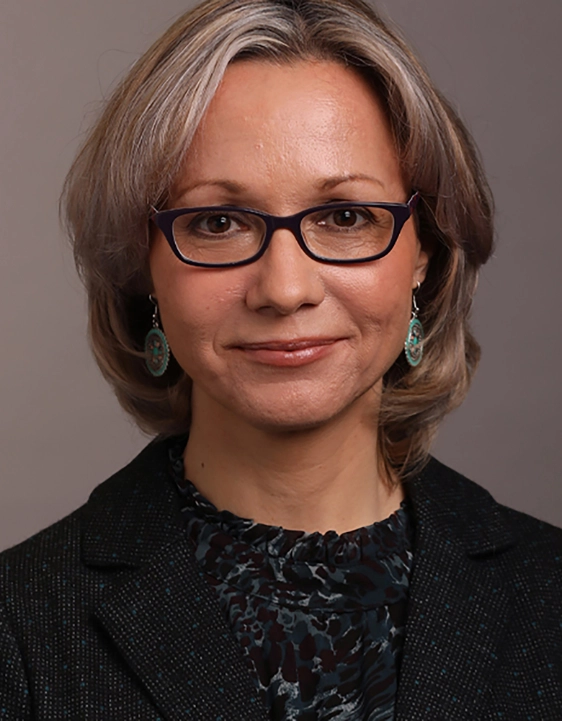Global Bank Review 2024
Adaptation: Change is the only constant
Technology is facilitating change in all walks of life, and financial services is no exception. Taken together with the global competition for growth and that many stakeholders increasingly expect 'instancy' in transactions, it is not surprising that regulators and policymakers are actively looking at accelerating the speed of transactions across securities, FX and payments both within and across borders. And while there appear to be obvious benefits in terms of efficiency gains and risk reduction associated with reducing counterparty risks, as well as operational burdens on intermediaries and increased transparency in transactions, the change considerably 'crunches' the time available for settlement processing.
Illustrating this appetite for moving faster are moves to a 'T+1' (or 'trade date + 1') settlement cycle for securities. While India had already moved to T+1, a number of other jurisdictions, including the US, Canada and Mexico, transitioned to T+1 in mid-2024.1
From the outside, these moves may have appeared seamless, but in fact required much heavy lifting by the industry and markets. In Hong Kong, the Hong Kong Stock Exchange is set to transition to T+1 by the end of 2025; it is also expected to publish a white paper in 2025 to spark discussion on what settlement cycle is needed for Hong Kong. Meanwhile, as India has leapt further ahead with a beta launch of T+0 (a precursor perhaps to dynamic settlement), other jurisdictions have yet to decide to transition to T+1.

Luke Hastings
Partner, Sydney
It is generally accepted that, should the EU decide to move to T+1, there would be a significant programme of work. The EU's markets regulator has recommended that the target for transition should be in 2027. Given the layers of legal and operational complexity, this may be ambitious. However, as much as technology has driven expectations of immediacy, it may also help the EU to navigate this multi-layered challenge. In the UK, a government-convened Accelerated Settlement Taskforce commenced work in 2022 and recommended a transition to T+1. The UK is also working to 2027 for transition.
Australia, recognising the global tide, established a T+1 Working Group in December 2023. It has since published a white paper in April 2024 and, following stakeholder consultation, a summary of feedback in August. While Australia has not formally committed to a transition, it does appear to be a case of 'when' rather than 'if'; transition is likely to require sequencing with an upgrade to the settlement system of the Australian Securities Exchange (ASX), which is discussed below.
Marina Reason
Partner, London

Alongside reducing settlement times, many are re-examining the fundamentals of the trading infrastructure. For example, the Hong Kong Stock Exchange has adopted a new digital platform, FINI (Fast Interface for New Issuance), to modernise the IPO settlement process. The UK regulators are opening a Digital Securities Sandbox (DSS) to enable financial market participants to use new technology – such as DLT – in the trading and settlement of digital securities. The UK government is proposing to issue a digital gilt through the DSS; the UK FCA is also encouraging firms to take advantage of technology developments (eg, fund tokenisation) through its engagement with the Technology Working Group. In the EU, a DLT Pilot Regime commenced from 23 March 2023, intended to facilitate the set-up of new types of market infrastructures using DLT. The ASX has been planning a replacement of its settlement system, CHESS, for some years. An earlier iteration which incorporated DLT has been sidelined, and resulted in further consultation in 2024 on scope and implementation of a replacement (Release 2). ASX presently estimates that implementation of Release 2 will not occur before 2029.
In Singapore, the Monetary Authority of Singapore (MAS) has also been working on advancing tokenisation in financial services. This includes forming commercial networks to deepen liquidity of tokenised assets, developing an ecosystem of market infrastructures, fostering industry frameworks for tokenised asset implementation, and enabling access to a common settlement facility. MAS has announced that it intends to facilitate financial institutions' access to common settlement assets – including SGD wholesale central bank digital currency CBDC – for market testing purposes. This initial test network will allow financial institutions to carry out payments and securities settlement by using CBDC.

Simone Hui
Of Counsel, Hong Kong
Developments responding to the appetite for increased speed are also to be found in the payments space, albeit these are (or at least appear) better developed and benefit from a greater degree of international coordination. The Financial Stability Board has, for example, been progressing its Enhancing Cross-border Payments Roadmap since 2020 with the majority of key targets to be achieved in 2027. The goal of faster, cheaper and more accessible and transparent cross-border payments is not without challenges and friction. Notable difficulties include inconsistent legal, regulatory and supervisory frameworks across jurisdictions and the need to continue to engage the private sector to inspire action and provide the necessary technical assistance.
Global fragmentation of regulatory and legal frameworks for emerging tech, fragmentation of liquidity, as well as lack of technological interoperability and lack of suitable digital currency for on-chain settlement are key challenges to overcome in rewiring the financial infrastructure. However, expectations of immediacy coming from some stakeholders, particularly retail consumers, may prove an irresistible force driving policymakers, regulators and firms to overcome barriers.
1 In each jurisdiction, there are exemptions from T+1 settlement, for example, the Canadian Capital Markets Association maintains a list of Canadian T+1 assets.
The contents of this publication are for reference purposes only and may not be current as at the date of accessing this publication. They do not constitute legal advice and should not be relied upon as such. Specific legal advice about your specific circumstances should always be sought separately before taking any action based on this publication.
© Herbert Smith Freehills 2025
We’ll send you the latest insights and briefings tailored to your needs